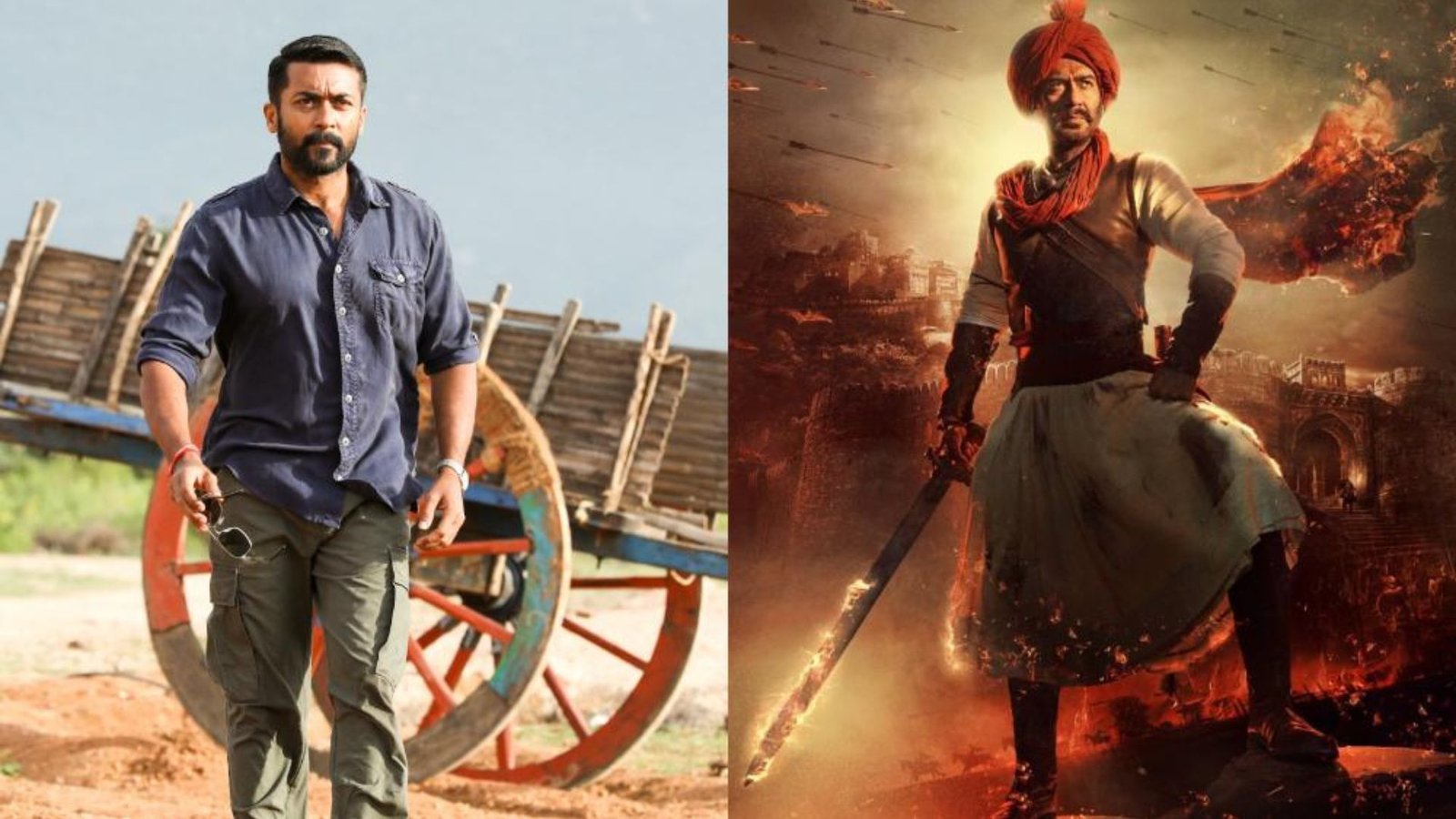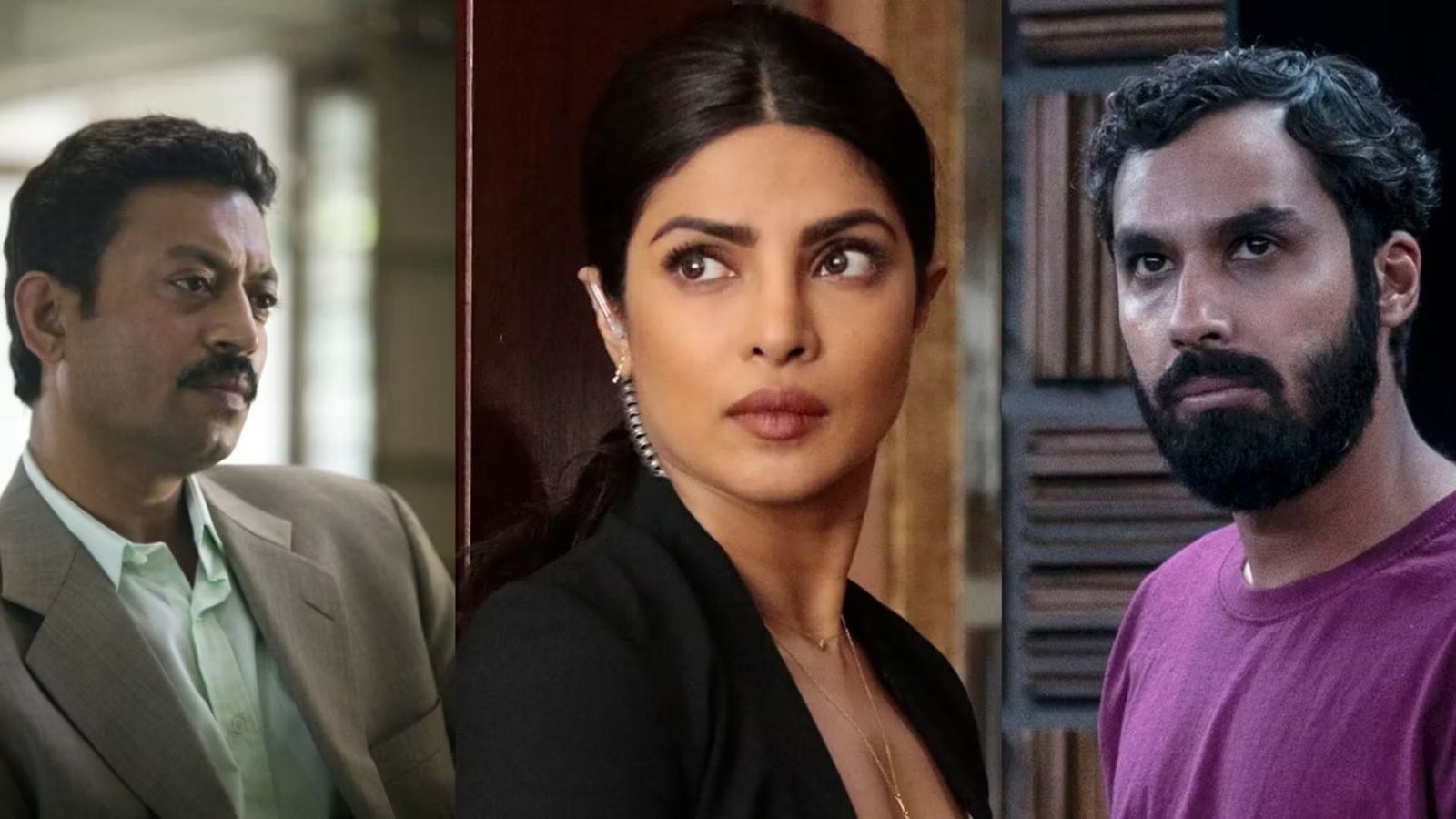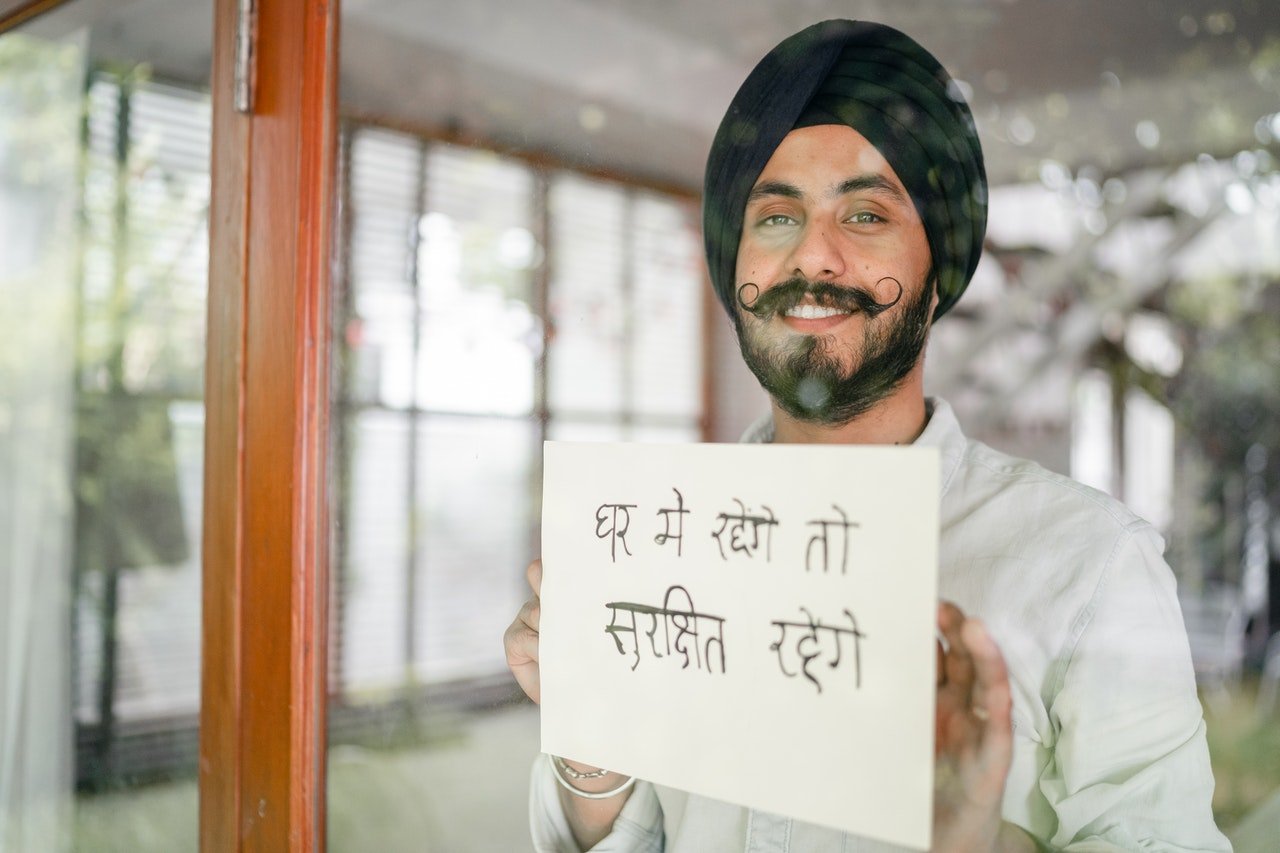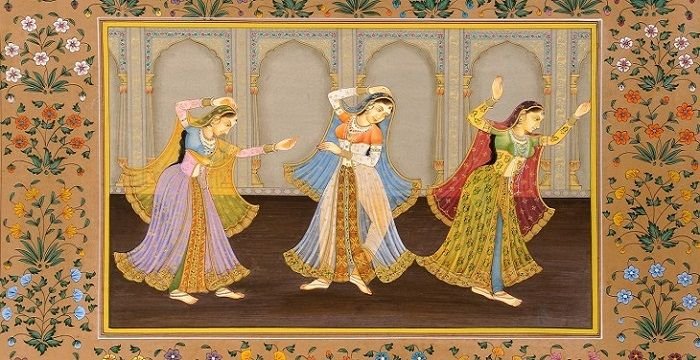Using Indian Art in Online Craps Graphics
Online craps is a fun and fast game. Many players enjoy it for the action and style. But did you know that using Indian Art in online craps graphics makes the game even better? Yes, it brings color, culture, and beauty to the game. It also helps players feel more connected. Today, we will look … Read more










